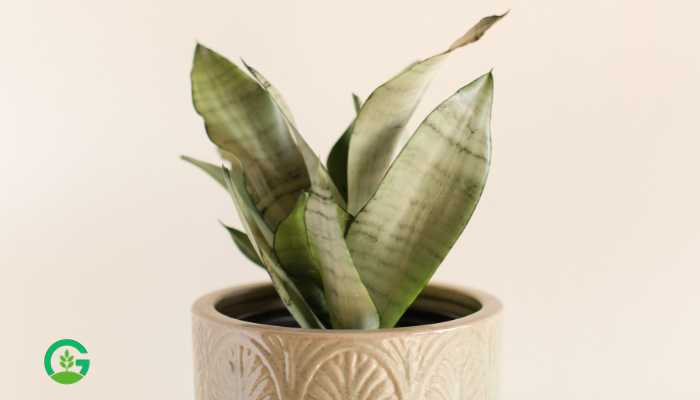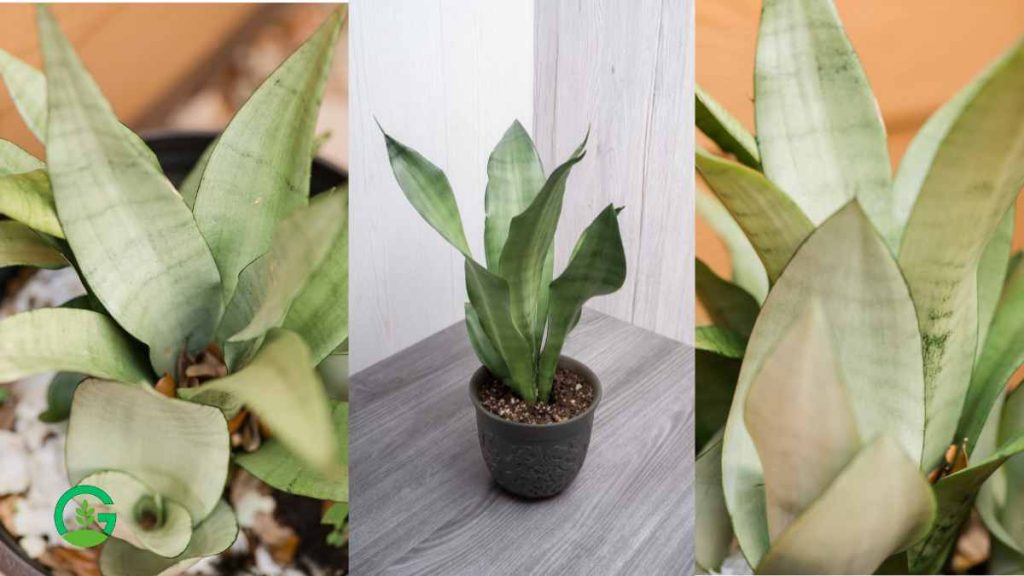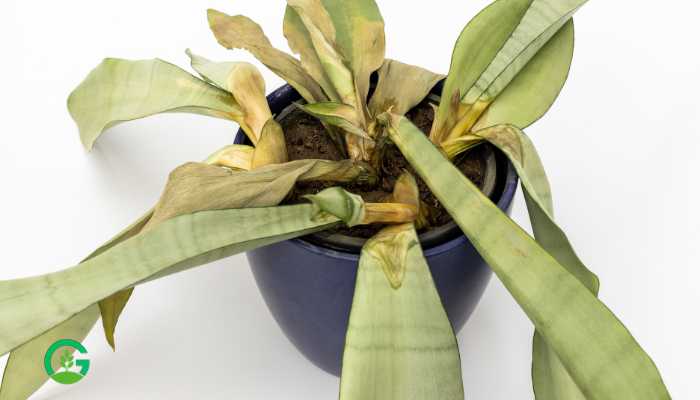Introduction
Are you looking for a plant that will add a touch of beauty to your space while also being incredibly easy to care for?
Look no further than Sansevieria Moonshine! This spectacular plant, with its silvery green foliage, is an ideal choice for both novice and experienced plant enthusiasts.
In this comprehensive guide, we’ll walk you through everything you need to know about growing and caring for Sansevieria Moonshine.
Table of Contents
Understanding Sansevieria Moonshine
Sansevieria Moonshine, also known as Snake Plant or Mother-in-Law’s Tongue, is a striking succulent that belongs to the Sansevieria family. What sets the Moonshine variety apart is its distinctive silvery-green foliage, which resembles the glow of the moonlight, hence the name.

Ideal Growing Conditions
Sansevieria Moonshine thrives in well-draining soil and prefers to be slightly root-bound. Keep it in a pot with drainage holes to prevent waterlogging, which can lead to root rot.
Watering Needs
One of the best things about Sansevieria Moonshine is its low water requirements. Allow the soil to dry out completely between waterings, and then water thoroughly. Overwatering can be detrimental to the plant’s health, so always err on the side of underwatering.
Sunlight Requirements
While Sansevieria Moonshine can tolerate low light conditions, it thrives in bright, indirect light. Avoid exposing it to direct sunlight for prolonged periods, as this can cause the leaves to burn.

Soil Requirements
A well-draining, sandy soil mix is ideal for Sansevieria Moonshine. You can also add perlite or pumice to improve drainage.
Propagation Techniques
Propagation of Sansevieria Moonshine is relatively easy and can be done through division or leaf cuttings. Simply cut a healthy leaf into sections and plant them in a well-draining soil mix.
Common Pests and Diseases
Sansevieria Moonshine is relatively pest and disease-resistant. However, overwatering can lead to issues such as root rot and fungal infections. Keep an eye out for signs of pests like spider mites or mealybugs, and treat them promptly if detected.
Benefits of Having Sansevieria Moonshine
Aside from its aesthetic appeal, Sansevieria Moonshine offers several benefits. It purifies the air by removing toxins and releasing oxygen, making it an excellent choice for indoor environments.
Read More
Creative Uses in Home Decor
Sansevieria Moonshine’s elegant appearance makes it a versatile addition to any home decor style. Whether placed in a minimalist pot on a shelf or as a statement piece in a decorative planter, it adds a touch of sophistication to any space.
Frequently Asked Questions
How often should I water my Sansevieria Moonshine?
Water your Sansevieria Moonshine only when the soil is completely dry, typically every 2-3 weeks.
Can Sansevieria Moonshine tolerate low light conditions?
Yes, Sansevieria Moonshine can survive in low light conditions, but it prefers bright, indirect light for optimal growth.
What should I do if I notice yellowing leaves on my Sansevieria Moonshine?
Yellowing leaves could be a sign of overwatering. Allow the soil to dry out completely before watering again, and ensure proper drainage.
How can I propagate my Sansevieria Moonshine?
Sansevieria Moonshine can be propagated through division or leaf cuttings. Simply cut a healthy leaf into sections and plant them in a well-draining soil mix.
Is Sansevieria Moonshine pet-friendly?
Sansevieria Moonshine is generally considered non-toxic to pets, but it’s best to keep it out of reach of curious pets to avoid any potential ingestion issues.
Conclusion: Elevate Your Space with Sansevieria Moonshine
In conclusion, Sansevieria Moonshine is not just a plant; It is a statement piece that adds elegance and sophistication to any space. With its easy care requirements and attractive appearance, it is the perfect choice for both experienced plant lovers and beginners.
So why wait? Bring home Sansevieria Moonshine today and take your space to new heights of beauty and tranquility.
















